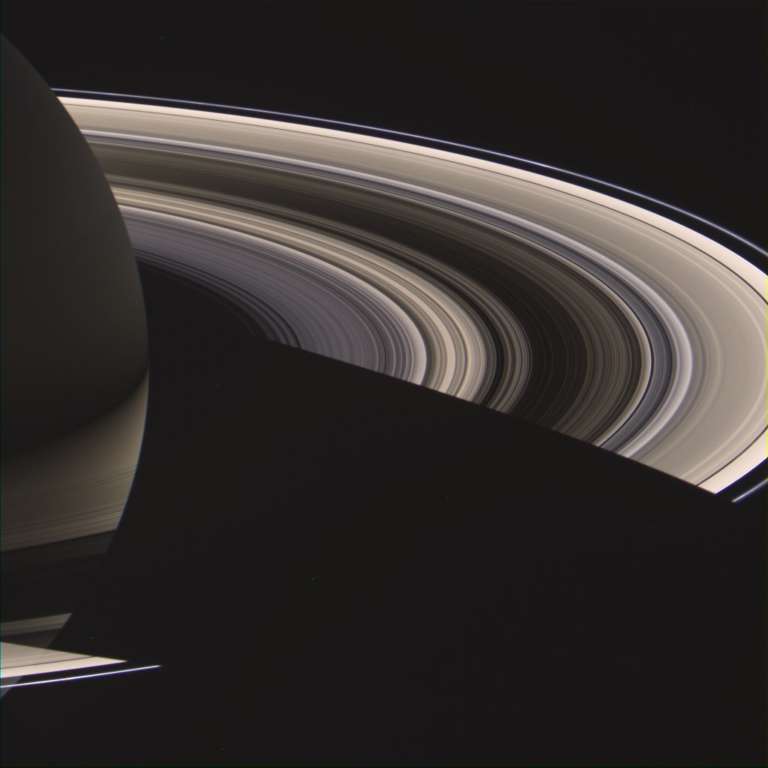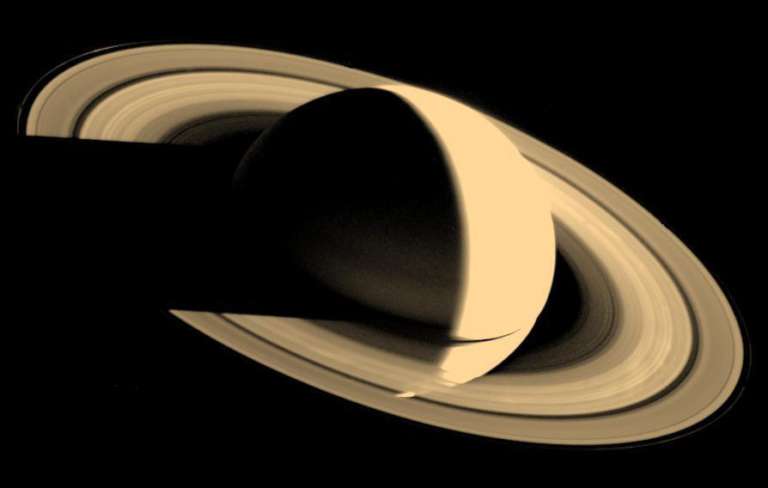Emily Lakdawalla • Jul 27, 2006
Cassini's view from the backside of Saturn
Over time, Cassini's orbit apoapsis—the point on the orbit that is farthest from Saturn—has been shifting slowly toward Saturn's night side. Lately, this point of view has resulted in some truly lovely photos of the planet. Here's a couple of particularly eye-catching views that were mosaicked and colorized by people playing with the data available on the Cassini raw images website:


Not even the Voyagers had views like this. For comparison, here's a reminder of what Voyager 1's point of view on Saturn was as it departed in 1980. This was the closest to a crescent phase of Saturn seen by humans until Cassini arrived. (Voyager 2's view was more full-phase than this.)

Let’s Go Beyond The Horizon
Every success in space exploration is the result of the community of space enthusiasts, like you, who believe it is important. You can help usher in the next great era of space exploration with your gift today.
Donate Today

 Explore Worlds
Explore Worlds Find Life
Find Life Defend Earth
Defend Earth

